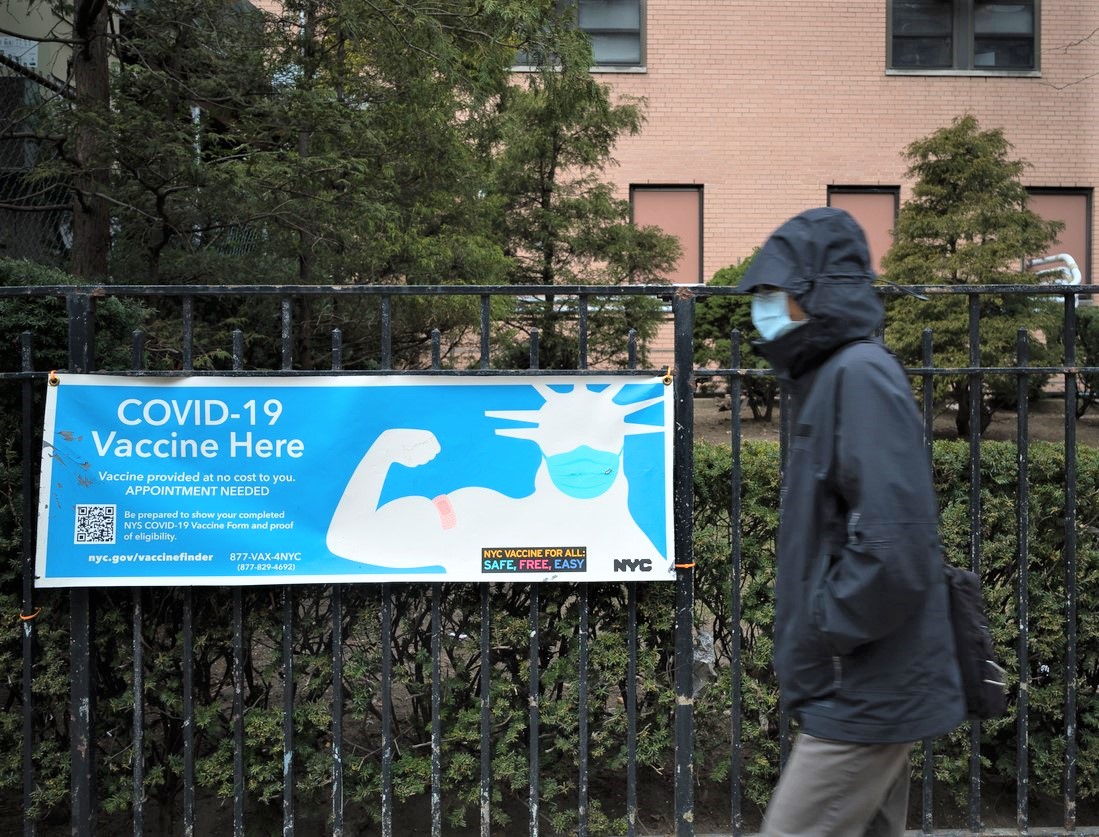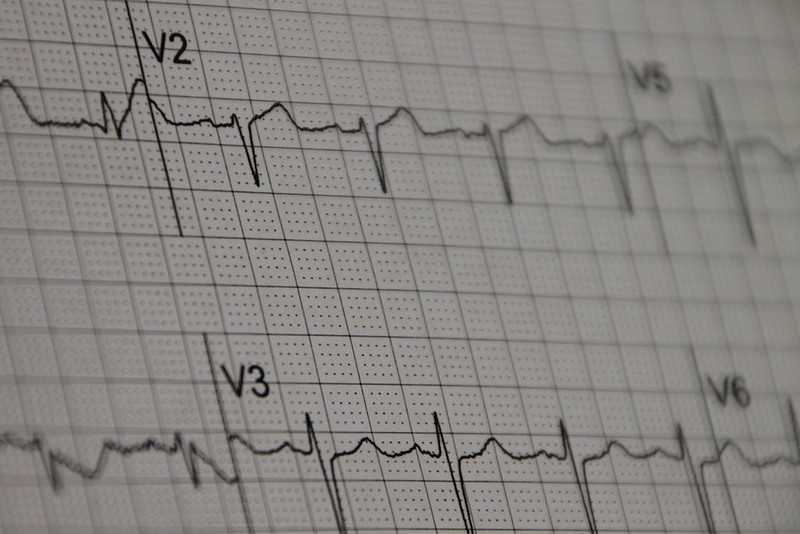 Public health messages that focus on protecting others are more effective at increasing COVID-19 vaccination rates than messages focused on protecting oneself, according to research published yesterday in PNAS Nexus.
Public health messages that focus on protecting others are more effective at increasing COVID-19 vaccination rates than messages focused on protecting oneself, according to research published yesterday in PNAS Nexus.
US researchers surveyed more than 3,000 Americans on a visual vaccination campaign. Each of three images described promoting COVID-19 vaccination as a way of protecting oneself, one's circle of friends and family, or one's community. A fourth image simply read "get the vaccine."
Study authors randomly assigned one of the visual images to 3,900 participants in 2021, shortly after the first COVID-19 vaccines were approved for use in the United States. Eight weeks later, 2,268 participants were asked if they had gotten vaccinated.
Messages focusing on protecting others (the average of "protect your circle" and "protect your community") led to higher odds of COVID-19 vaccination than messages that urged viewers to "protect yourself." However, overall vaccination rates for participants who saw the narrative messages did not differ from a control group.
We find that visual narrative risk communication is an effective approach to encourage risk mitigation behavior.
In general, the narrative of doing something for others, with the implied moral motivation, was more effective than nonnarrative, take-action-only messaging, the authors said.
"Responding to the call from the public health community, we find that visual narrative risk communication is an effective approach to encourage risk mitigation behavior," the authors concluded.













